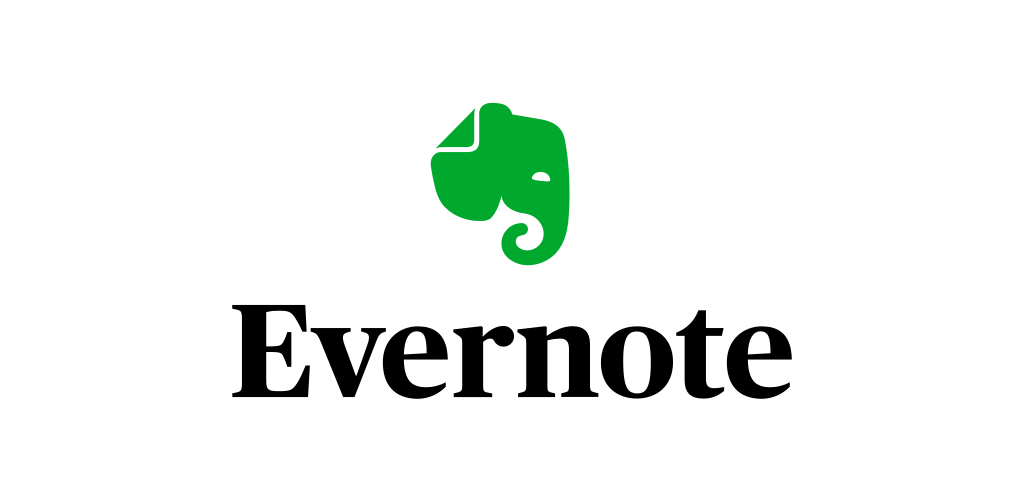Introduction
Does the idea of a well-organized pantry just excite you when you know you can locate your favorite cookies without any hustle? Well, this post is not about cookies. But it’s about finding something when you need it without wasting time.
In this digital era, it is so frustrating having to sort through piles of unstructured data to look for something. Imagine what it is like for teachers and students who have to deal with mounts of class notes, meeting agendas, assignments, and other administrative documents.
There are many apps out there that promise to help you sort out and organize your data, but have you met Evernote? This is an amazing app designed for note-taking, organizing task lists, and archiving among other many uses.
Let’s see just how powerful this award-winning app is by looking at the different ways teachers and students can use Evernote in the classroom.
Why do teachers and students need Evernote in the classroom?
Being in the teaching profession comes with a load of documentation. Teachers have to deal with class notes for different classes, department meeting notes, assignments, continuous assessments tests, exams, and schemes of work.
Being a student on the other hand can be a very chaotic experience, especially when dealing with class notes, assignments, research material, projects, and exams.
Here is how teachers and students can use Evernote in the classroom to bring some order and meaning to a rather messy life:
- Scripting or Taking Notes
Teachers and students can comfortably take notes directly in the Evernote app using their different devices and save them as notebooks.
Teachers can write down notes about their lesson resources, and take notes during department meetings or when a class is in session to record the different views from students. They can also note down the different ideas they have for their upcoming lessons.
Students on the other hand can type directly into the app during a lecture or record a class session. They can also write notes later after the classroom especially if they want to add to what was taught in class.
- Digitizing of documents
Teachers and students can type or scan handwritten notes and upload them to the app. The app allows one to scan and save the scans as images or PDFs. This reduces the amount of paperwork in the classroom and teacher’s desk bringing some semblance of neatness to their spaces.
Teachers can also post assignments and other notes for all the students to access reducing the need to photocopy and distribute physical documents.
Long gone are the days when students used to walk around with huge sets of books and stationery. Evernote will provide access to this information at the tap of a button.
- Creating and organizing task lists
The Evernote app allows teachers and students to create and organize tasks into different lists in a manner that is easily accessible and in order of priority.
Teachers can create to-do lists to schedule lessons, department meetings, exams, and other tasks outside of school.
Students can on the other hand create tasks like when to hand in assignments, attendance of different lessons, meeting with other students for group discussions, etc.
- Archive documents
Digital assets unlike physical ones allow one to have access to them even at a later date. Teachers and students can always access their documents anytime anywhere from the Evernote app.
Teachers can keep a record of students’ portfolios indicating their progress and behavior making it easier to access each student’s information and highlighting areas that need improvement.
Students can also keep a record of their research papers and notes for future reference.
- Seamless Collaboration
Evernote allows teachers and students to easily collaborate from the app helping them share feedback and other documents for their lessons.
It also offers shared collaboration spaces where parents and other teachers can be looped in to what’s happening regarding the students. Crucial information concerning parents’ meetings and other collaborative activities can be easily shared with everyone involved.
Since Evernote can be synced across different devices, students don’t need to worry about only using the computers at school. It can as well be accessed on mobile phones and tablets as long as they are connected to the internet.
- Organize Documents
The whole idea behind Evernote is organization because it creates order and saves time. Documents and projects can be organized into different notebooks and one can easily access the information they are looking for using the filtered notes widget.
Different notebooks can be created to represent different projects like meetings, lessons, co-curricular activities, or exams. Evernote allows teachers and students to organize and separate personal projects from work projects helping them have a work-life balance.
Conclusion
School life for teachers and students can sometimes be very overwhelming which might disrupt their organization skills and general productivity.
Evernote is about bringing productivity into the lives of teachers and students because it is a platform that is adaptive to their needs.
If you are still new to Evernote or looking for a way to organize your documents, you can first learn how the tool is used and then give it a try. It is most probable that you will stick with it because of its simplicity and results.

